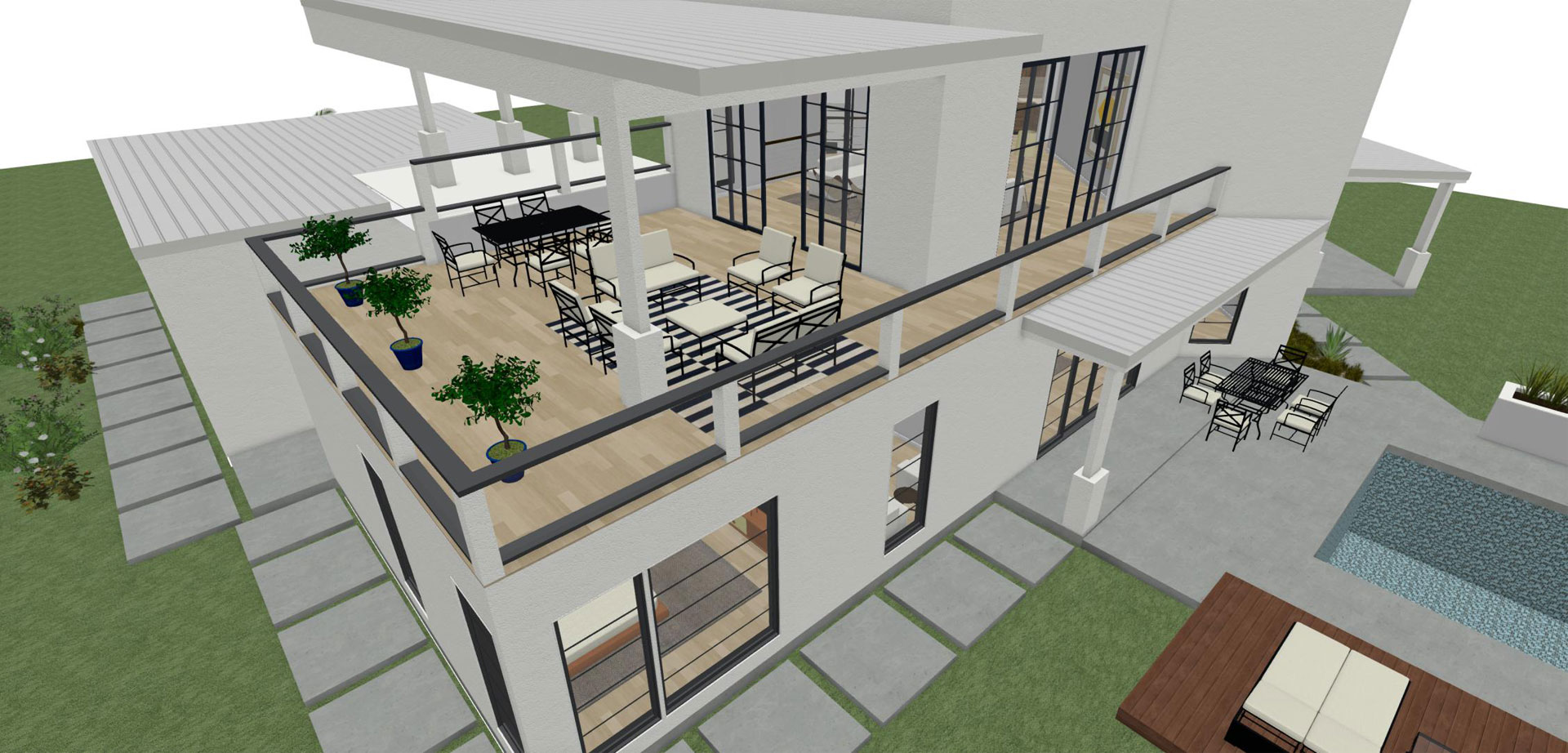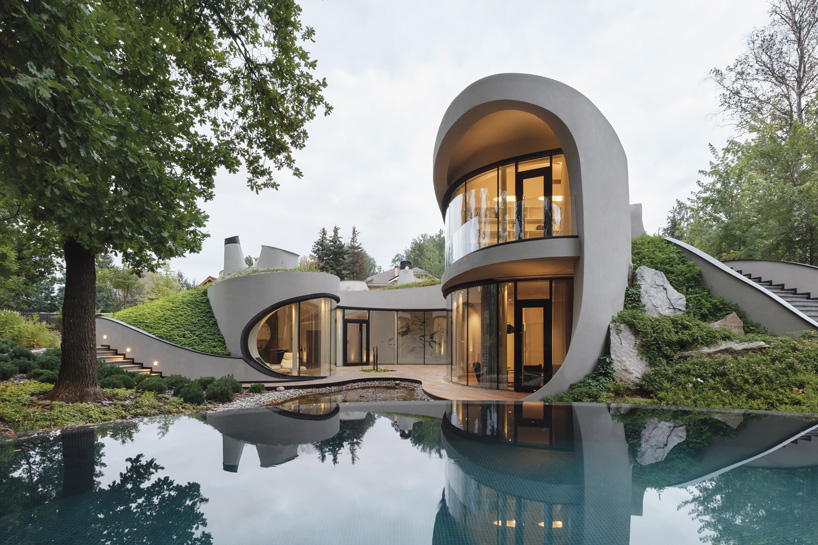Exactly How CDA Architects Provide Cutting-Edge Solutions for Lasting Style
Exactly How CDA Architects Provide Cutting-Edge Solutions for Lasting Style
Blog Article
An Extensive Introduction of Architectural Styles and Their Impact on Modern City Planning and Development
Architectural styles have actually long served as a mirror to the societal values and technical developments of their time, playing an essential function in forming modern city planning and growth. From the majesty of Neoclassicism to the practical strategy of Brutalism, each design has presented unique ideas that influence metropolitan looks and performance.

Historic Review of Building Designs
Throughout background, architectural styles have actually advanced in reaction to cultural, technical, and environmental factors. Each period shows the prevailing worths, beliefs, and innovations of its time, leading to a rich tapestry of style that symbolizes human creative thinking and adaptation. The old civilizations, such as the Egyptians and Greeks, established fundamental designs that emphasized proportion and proportion, serving both useful and visual objectives.
As cultures transitioned through the Middle Ages, Gothic architecture emerged, identified by its verticality and detailed detailing, mirroring the spiritual ambitions of the era. The Renaissance marked a resurgence of classical perfects, merging art and style in innovative methods that affected succeeding styles across Europe.
The Industrial Transformation introduced brand-new products and construction strategies, triggering movements like Innovation, which tested traditional kinds and embraced simplicity and capability. The 20th century saw a diversity of styles, with Postmodernism reacting against the plain minimalism of its precursor, including historical references and eclectic elements.
Today, building designs proceed to progress, driven by globalization and sustainability problems, mirroring a dynamic interplay between heritage and advancement (cda architects). This historic introduction underscores the relevance of design as a mirror of social advancement and as a catalyst for city advancement
Trick Architectural Styles Explained
The diversity of building designs mirrors the myriad impacts that form our built atmosphere, each embodying distinct attributes and cultural values. Key architectural designs consist of Classic, Gothic, Baroque, Modernism, and Postmodernism, each standing for one-of-a-kind historic contexts and visual approaches.
Classical design, rooted in ancient Greece and Rome, highlights proportion, proportion, and using columns. In comparison, Gothic design, prospering between Ages, is identified by pointed arches, ribbed vaults, and flying buttresses, creating an angelic high quality in cathedrals. Baroque style, arising in the 17th century, is marked by magnificence, sophisticated embellishment, and a dynamic interplay of light and shadow.
Modernism, which gained momentum in the early 20th century, focuses on function over kind, making use of brand-new products like steel and glass to develop minimalist frameworks. Postmodernism, responding versus the austerity of Modernism, accepts eclecticism and historical recommendation, frequently including playful aspects and irony.
Understanding these designs supplies understanding right into the social narratives and technological advancements of their respective eras, highlighting exactly how design offers not equally as a sanctuary, but as a representation of social values and desires.
Effect On Urban Planning
In shaping the growth of cities, architectural styles significantly affect urban planning choices. The selection of building design often determines the visual appeals, performance, and overall character of urban settings.
Moreover, architectural styles can affect zoning regulations and land utilize plans. Urban organizers need to take into consideration the dominating architectural fads when developing districts, making sure that brand-new growths integrate with existing frameworks. This factor to consider cultivates cohesive urban landscapes and enhances neighborhood identification.
The application of specific architectural styles can likewise affect socioeconomic variables within a city. Premium contemporary layouts may attract affluent residents and services, leading to gentrification, while extra budget friendly real estate solutions may prioritize functional and sustainable layouts to accommodate diverse populations. Eventually, the interaction in between building designs and city preparation produces dynamic cities that reflect both historic context and modern needs, forming the lived experiences of their residents.
Sustainability and Modern Architecture

Contemporary building motions, such as biophilic style and environment-friendly design, supporter for frameworks try these out that integrate with their environments, utilizing natural materials and promoting biodiversity. These styles typically integrate renewable resource resources, such as solar panels and wind turbines, to minimize reliance on fossil gas and lower carbon impacts.
Furthermore, the combination of innovative innovations, such as smart structure systems, improves power monitoring, enhancing source usage while ensuring resident convenience. Innovative water monitoring strategies, including rainwater harvesting and greywater recycling, further add to lasting city atmospheres.
Notably, sustainability extends beyond ecological issues; it incorporates social and financial measurements. By cultivating neighborhood health and advertising inclusivity, modern building styles align with sustainable advancement goals. The development of architectural practices continues to shape durable cities that More Bonuses not just fulfill the demands of the existing however likewise guard the future for generations to come.
Community Engagement in Layout
Neighborhood engagement in style offers as a vital bridge between architects and the populations they serve, guaranteeing that the developed atmosphere mirrors the needs and desires of its individuals. This collective process invites area participants to add their insights and choices, fostering a feeling of possession and responsibility toward the rooms they populate.
Effective area involvement uses various methods, such as workshops, surveys, and public discussion forums, to collect diverse viewpoints. These strategies promote a two-way discussion, enabling architects to understand local contexts while equipping citizens to articulate their issues and needs. This inclusivity not just enhances the design quality however additionally advertises social equity by addressing the unique difficulties dealt with by marginalized groups.
Furthermore, area involvement can bring about ingenious options that may not emerge in a traditional design procedure. By integrating local expertise and cultural worths, architects can create spaces that resonate even more deeply with users, improving use and sustainability. Eventually, prioritizing area involvement in style processes leads to atmospheres that nurture social communications, assistance well-being, and enhance community ties, consequently playing an essential check it out function fit contemporary city landscapes.
Verdict
Building styles have greatly influenced contemporary city planning and growth, showing developing social and technological contexts. The integration of historical aesthetics with modern demands cultivates urban settings that prioritize sustainability and community engagement. As cities proceed to grow and adjust, the recurring dialogue between building heritage and contemporary style principles will certainly stay essential in developing comprehensive, dynamic rooms that enhance high quality of life and promote social equity. The future of urban advancement rest on this unified equilibrium.
Report this page